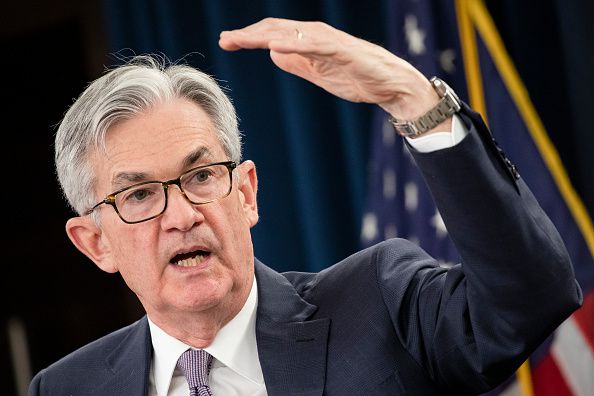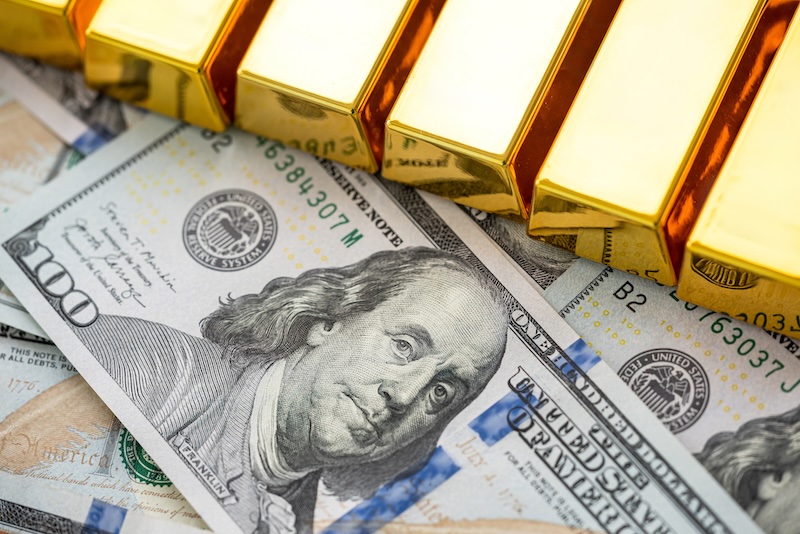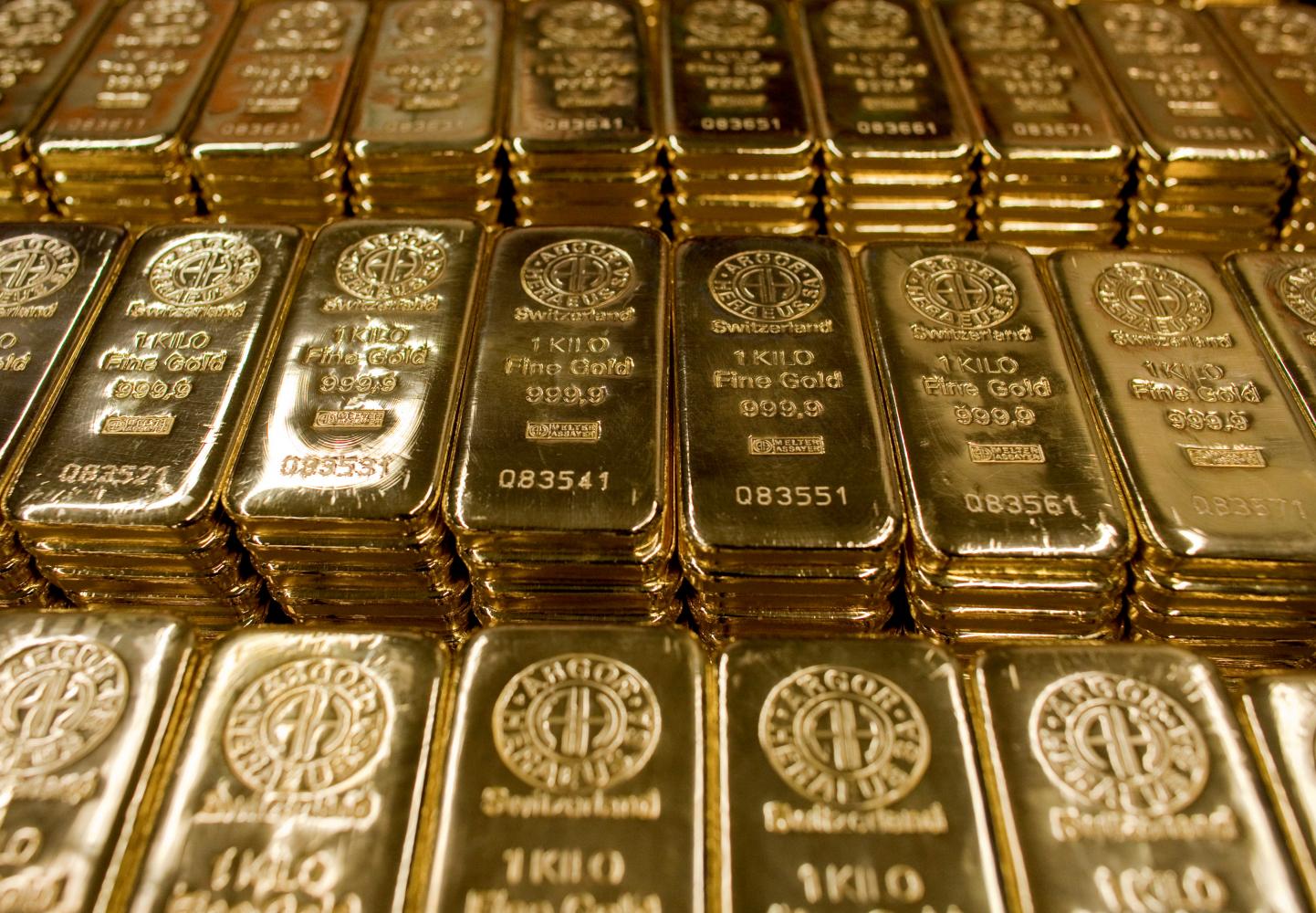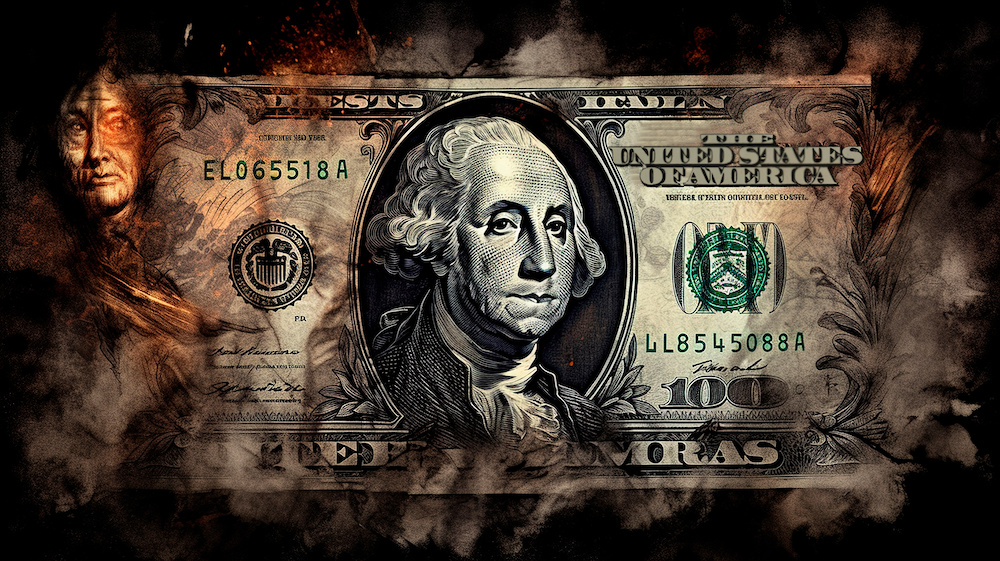Globally, the dollar has been used as a reserve currency by central banks. Since the 1970s, the petrodollar has been utilized for the trade of oil and energy.
Over the last two decades, elected officials in Washington have weaponized the dollar for political purposes.
In recent years, central banks have been dumping the dollar for gold.
BRICS countries have grown frustrated with the dollar’s hegemony in the global market. In 2022, Russia launched the Moscow World Standard to compete with the LBMA, citing ongoing corruption, price manipulation and enforcing trading practices rooted in nepotism and exploitation of developing countries.
The economic sanctions against Russia and the decades of sanctions against Venezuela are two examples of recent weaponization of the dollar that has raised skepticism of some trading partners outside of the European Union.
Russia, and trading partners Venezuela and Peru, account for 62% controlling stake of the world gold bullion.
Part of the western sanctions against Russia forced the LBMA to reject six of Russia’s key Good Delivery refineries from the exchange. The Moscow World Standard is positioning itself as an open alternative to the LBMA.
Many have accused the LBMA and other western countries of manipulating and suppressing the price of gold and other commodities by pushing the practice of trading in paper derivatives. The Moscow World Standard prices gold in ruble and bans the trading of paper derivatives and encourages new price discovery which could push the price of gold to over $2,500 an ounce.
Some see the rise in demand by central banks buying gold as a signal that countries that have been bullied by Western economic policies as being eager for an alternative system that will create a more equitable system and fairer monetary standard.
The Moscow World Standard was developed by the Eurasian Economic Commission, a coalition of countries that include: Armenia, Belarus, Kazakhstan, Kyrgyz Republic and the Russian Federation.
Western sanctions against Russia have led some countries to reconsider bilateral trade in non-dollar currencies for the first time in decades. China, Russia, India and Iran already have an ongoing effort to establish alternative payment and settlement systems that parallel the SWIFT banking network. Iraq has reportedly begun paying for imports in the yuan, while China has been encouraging use of it’s Cross-Border Interbank Payment System (CIPS).
China quickly became Saudi Arabia’s largest trading parter, with more than 1.76 million barrels of crude oil per day and the Shanghai Petroleum and National Gas Exchange will be enabled to handle the renminbi (RMB) for settling oil and natural gas trades which is adding to the decline of the dollar hegemony.
Long term, the BRICS+ countries are creating competition in the global marketplace for raw materials and commodities that is attempting to break the chains of the LBMA and similar price control organizations.






